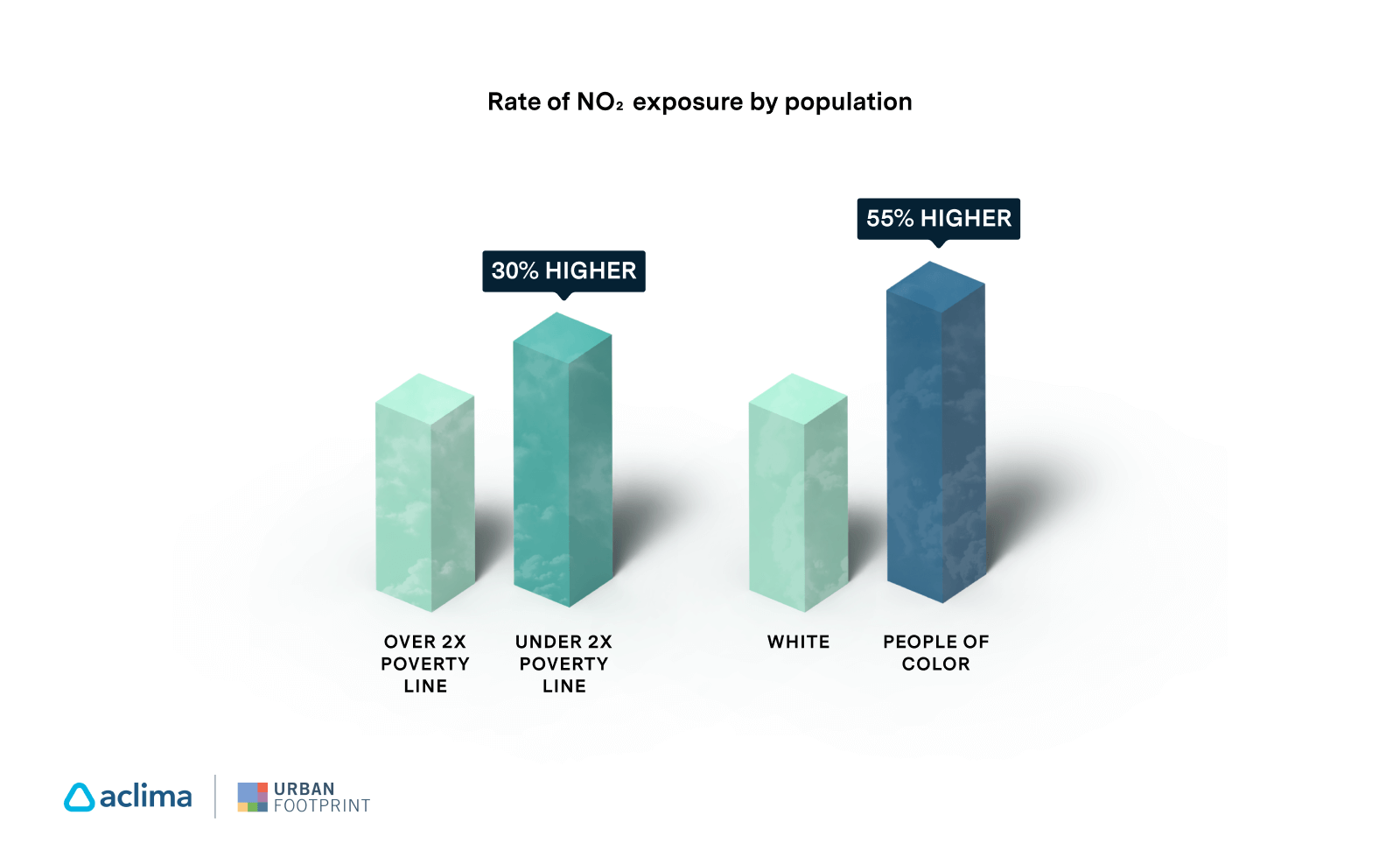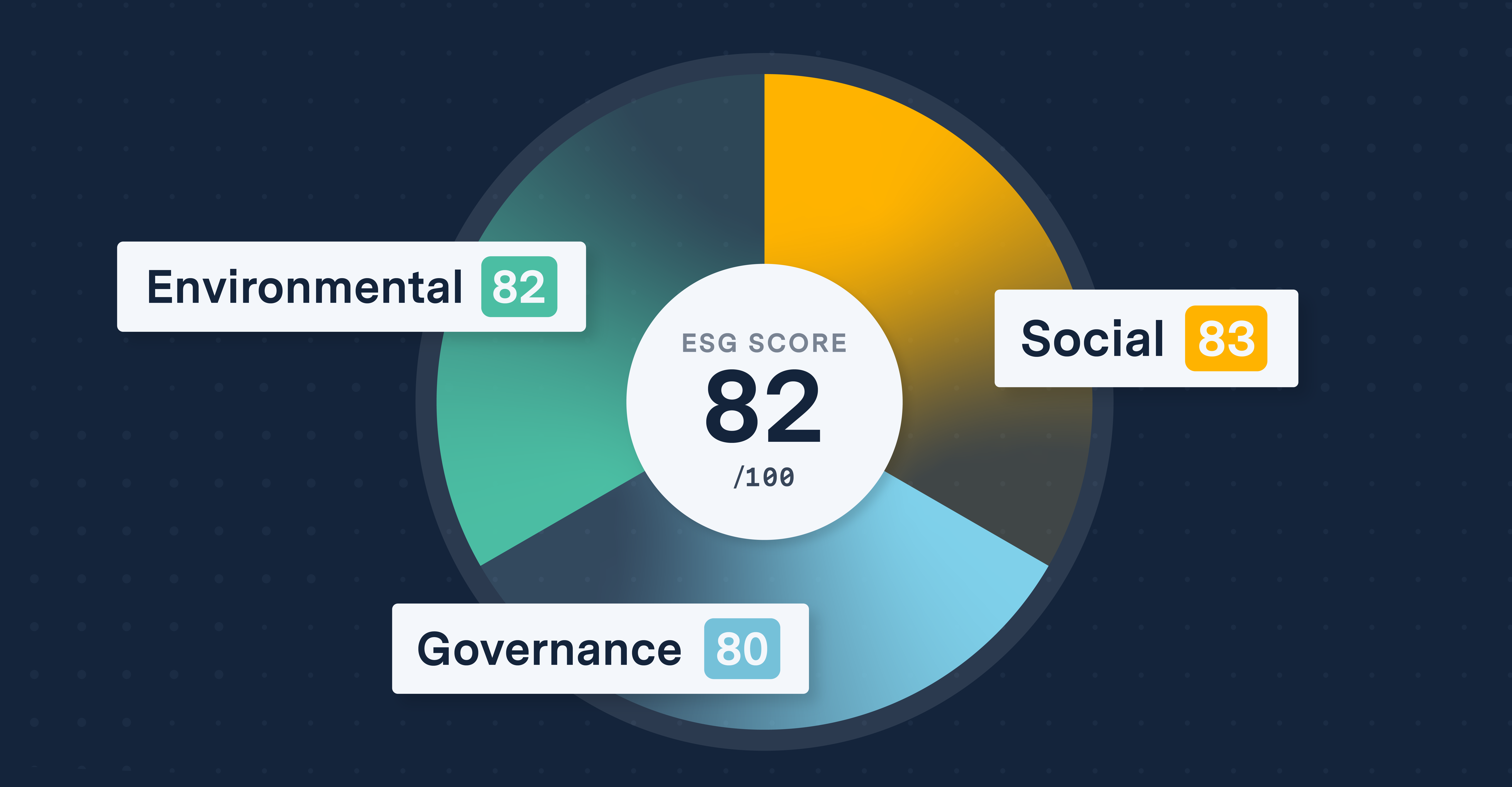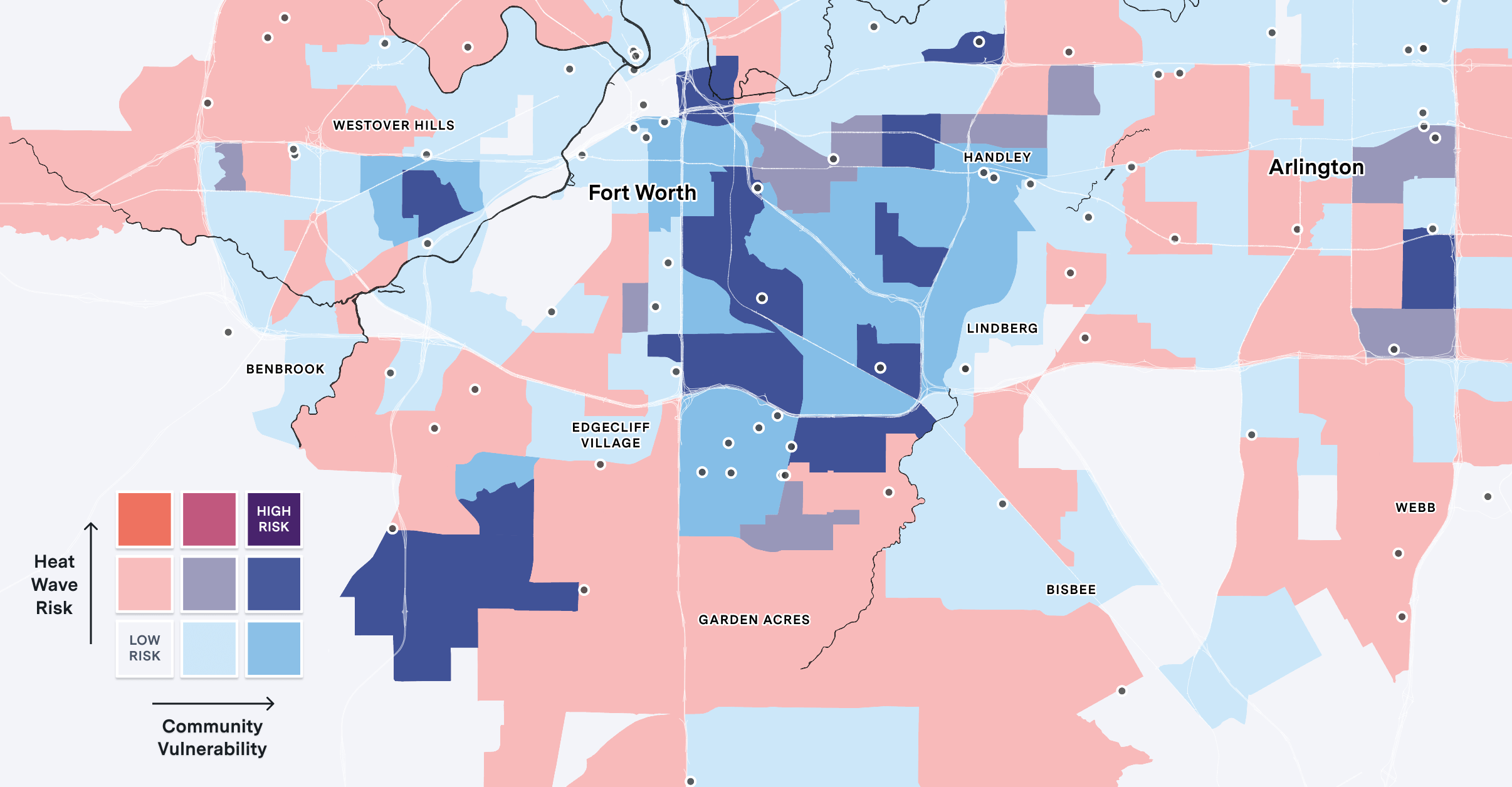Climate change is already having detrimental effects on our world. In the U.S., we’ve experienced major power outages, wide-sweeping forest fires, and raging hurricanes over the past few years. Each event left devastating consequences in its wake. To make matters worse, these effects were, and still are, particularly harmful to low-income communities of color.
To manage the myriad climate risks we face today, our resilience plans (a.k.a., the process that communities undergo to identify potential threats and challenges to establish mitigation and recovery plans) can’t be one-dimensional. They need to address environmental racism, plan for near-term events, and begin tackling issues simmering under the surface that will create problems later.
As the climate crisis grows more urgent, we must act quickly to mitigate the effects that are already underway. As mentioned above, the consequences of climate change disproportionately affect marginalized communities; in fact, research shows that people of color in the San Francisco Bay Area are exposed to 55% more nitrogen dioxide pollution than their white neighbors. We must do more to protect the most vulnerable members of our communities–before it’s too late. In this article, we’ll explain what climate resilience is, discuss how to assess climate risks, and outline what it takes to build climate resilience–even though it feels daunting.
















